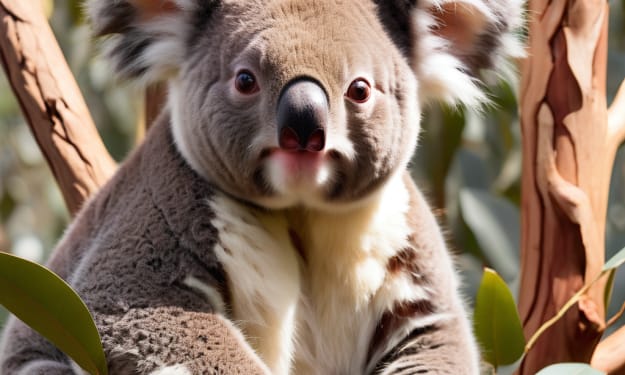The Elusive Ermine: A Closer Look at Nature's Master of Disguise
...

Start by capturing the reader's attention with an introduction to the ermine, also known as the stoat (Mustela erminea) in its winter guise. Highlight its reputation for cunning and adaptability, setting the tone for a deep dive into its intriguing lifestyle and survival strategies.
The Ermine's Habitat and Range:
Diverse Dwellings: Describe the wide range of habitats in which the ermine thrives, from woodlands and marshes to farms and even suburban areas across the Northern Hemisphere.
Geographical Spread: Note the ermine's distribution across Europe, Asia, and North America, emphasizing its adaptability to different climates and terrains.
Physical Characteristics and Adaptations:
Seasonal Coats: Explain the ermine's remarkable ability to change fur color from brown in summer to white in winter, aiding in camouflage against predators and while hunting.
Physical Build: Detail the ermine's slender, flexible body, which enables it to pursue prey into burrows and tight spaces.
Behavior and Diet:
Predatory Prowess: Highlight the ermine's role as a skilled predator, with a diet that primarily consists of rodents, but can also include birds, insects, and occasionally, fruit.
Reproduction and Lifespan: Offer insight into the ermine's breeding habits, gestation period, and the care of its young, as well as its average lifespan in the wild and captivity.
The Ermine in Culture and History:
Symbolism: Discuss how the ermine's fur, particularly its winter coat, has been a symbol of purity and status in various cultures, notably in European heraldry and royal attire.
Human Impact: Address the historical demand for ermine fur, its impact on populations, and the current status of ermines in the wild, including conservation efforts.
Challenges and Conservation:
Environmental Threats: Outline the main threats to ermine populations, including habitat loss, climate change, and predation by introduced species.
Conservation Measures: Describe ongoing efforts to protect and preserve ermine habitats, as well as research aimed at understanding their ecological role and needs.
Conclusion:
Conclude by reinforcing the importance of the ermine in its ecosystem and the need for continued conservation efforts. Invite readers to reflect on the interconnectedness of species and the impact of human actions on wildlife.
Draft Start:
The Elusive Ermine: A Closer Look at Nature's Master of Disguise
Amidst the snow-clad landscapes of the Northern Hemisphere, a small but formidable creature moves with grace and stealth. Known as the ermine in its winter white, or the stoat during the rest of the year, this little predator's life is a testament to nature's ingenuity and adaptability.
The Ermine's Habitat and Range
Thriving in environments ranging from dense woodlands to open marshes, the ermine is a testament to adaptability. Its presence across Europe, Asia, and North America underscores a remarkable ability to survive in diverse climates and terrains. But what truly sets the ermine apart is its transformative coat.
Physical Characteristics and Adaptations
As winter approaches and daylight wanes, the ermine's fur undergoes a dramatic change from a rich brown to an immaculate white, providing camouflage against the snow. This seasonal adaptation is crucial for both hunting prey and evading predators. The ermine's slender body allows it to chase down burrow-dwelling rodents, demonstrating an agility and tenacity that belies its diminutive size.
Behavior and Diet
A skilled hunter, the ermine preys on rodents, birds, and insects, showcasing a dietary adaptability that ensures its survival across its vast range. Despite its small stature, the ermine exhibits fierce territorial behavior and an indomitable spirit, qualities that have fascinated humans for centuries.
The Ermine in Culture and History
The ermine's pristine winter coat has long been a symbol of purity and high status, desired by royalty and nobility for ceremonial robes and regalia. This admiration, however, has had a dark side, leading to overhunting and significant pressure on wild populations. Today, the ermine stands as a symbol of the delicate balance between human desires and wildlife conservation.






Comments (1)
Hello, AI is permitted on Vocal. It is a Vocal policy that content created with AI is identified as such at the start of the story/article. Your article/story has many hallmarks of AI-assisted/generated content. You can find the details of the Vocal policy here: https://vocal.media/resources/an-update-from-vocal-on-ai-generated-content, Please amend your piece to be in compliance. If you are not a Vocal+ member you will need to contact Vocal here ([email protected]) and ask them to send your content back into your 'Drafts' where you can edit your story/article/poem. If you don’t correct this the content may be removed by Vocal and/or you may be deleted from the platform. This has been reported to Vocal.